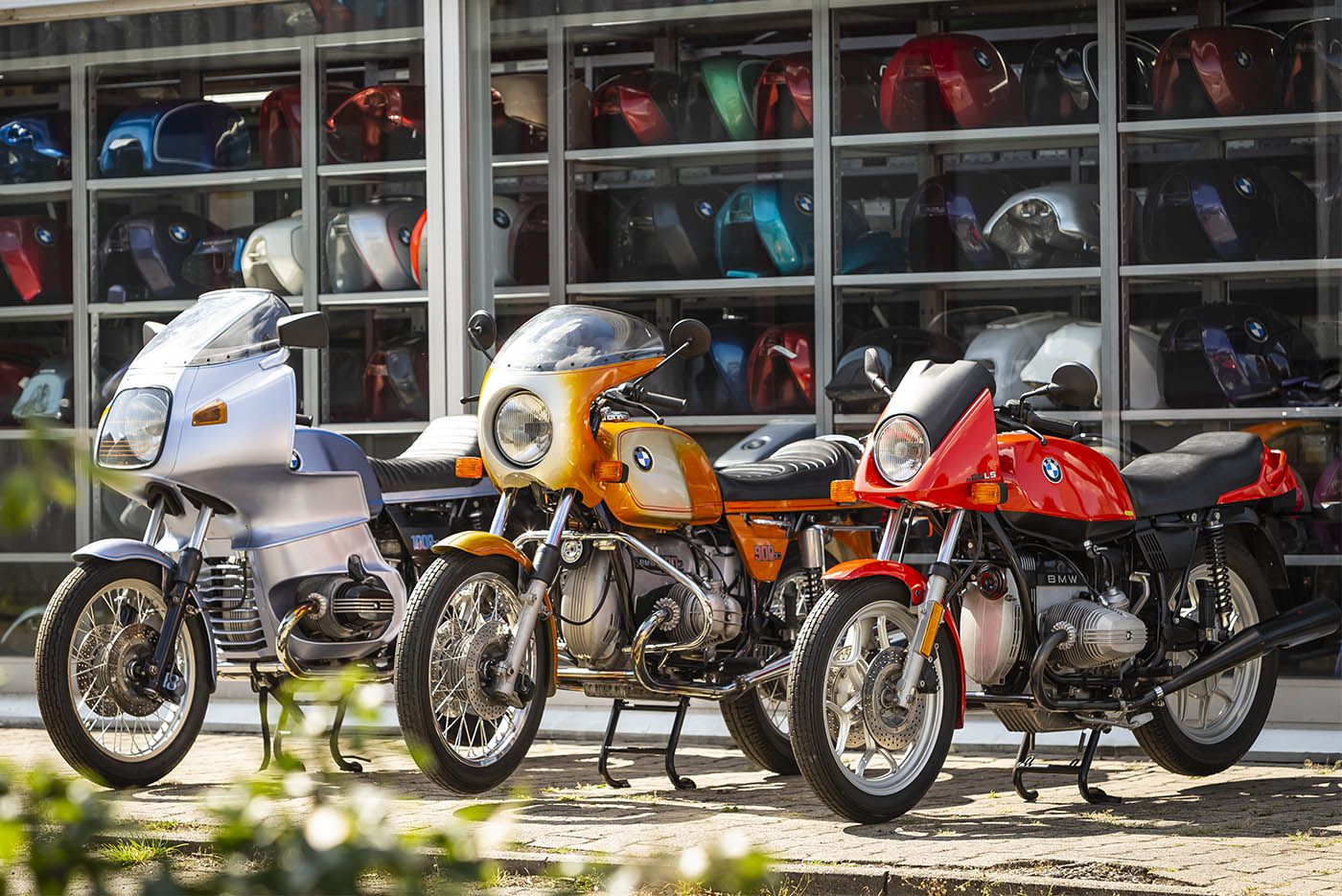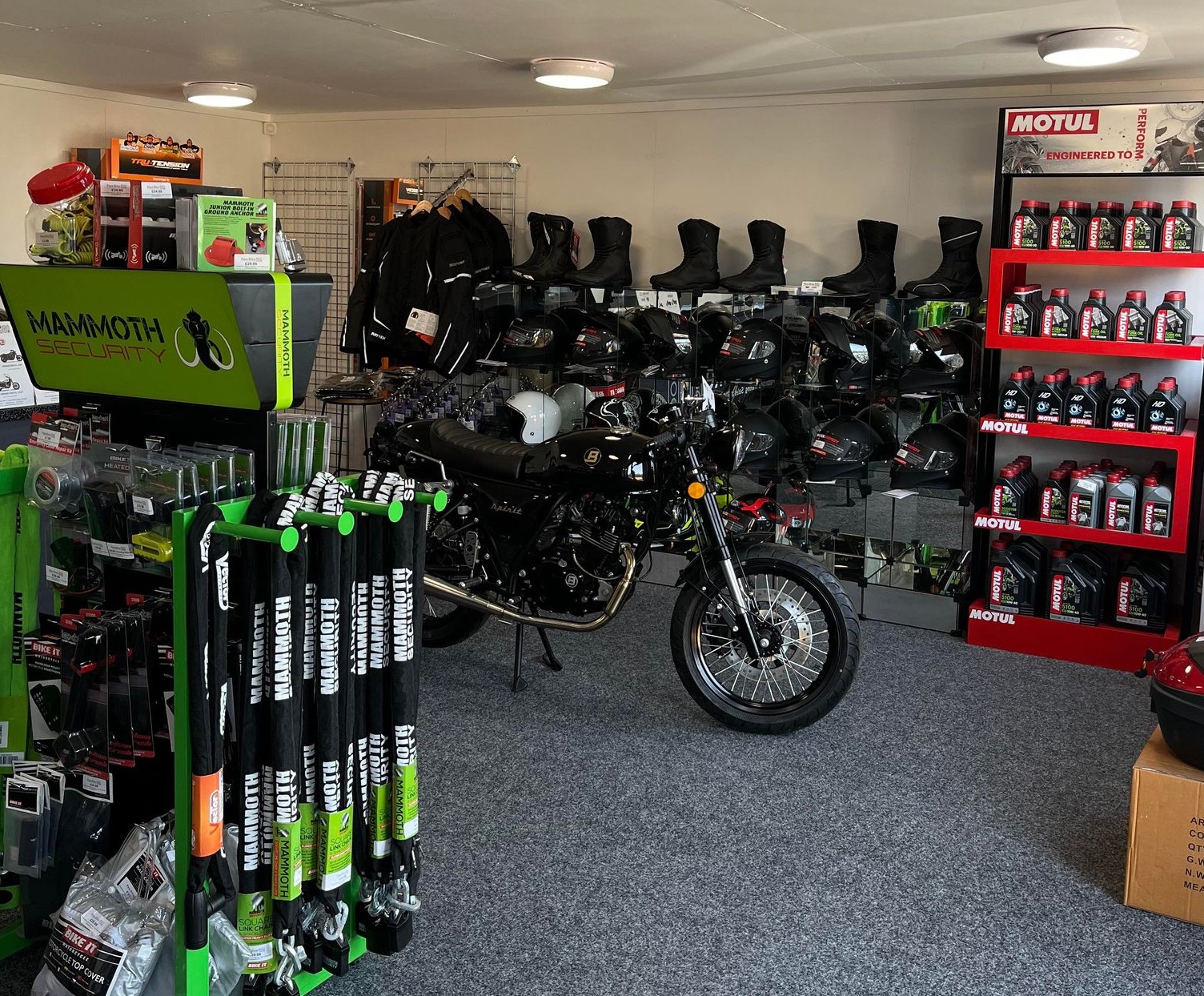Discover Top Quality Moto Parts NZ for All Your Motorcycle Needs
Discover Top Quality Moto Parts NZ for All Your Motorcycle Needs
Blog Article
Comprehending the Important Parts of a Motorcycle: A Comprehensive Guide for Fanatics
For motorbike enthusiasts looking to elevate their riding experience and guarantee their bikes run efficiently, comprehending the essential components of a bike is vital. Each aspect, from the engine's elaborate workings to the critical function of the braking mechanisms, not just impacts performance but also safety and security and convenience.
Engine Components

The camshaft plays an essential function in managing the timing of the engine's shutoffs, making certain the precise opening and closing needed for reliable gas and air intake, in addition to exhaust expulsion. This timing is important to keeping optimum engine efficiency and efficiency. Additionally, the carburetor or fuel injection system, depending upon the motorcycle design, is accountable for blending air with gas in the right proportion for burning.
The air conditioning system, either air or liquid-based, functions to preserve the engine's temperature within operational limitations, avoiding overheating and making sure durability - motocross gear nz. Each component, thoroughly created and incorporated, adds to the seamless operation of the engine, specifying the motorbike's power outcome and general performance
Transmission System
Essential to the motorcycle's functionality, the transmission system ensures reliable power transfer from the engine to the wheels. This system consists of a number of critical components, consisting of the clutch, transmission, and final drive, each playing a vital duty in equating the engine's power into movement. The clutch, typically run by a hand lever, offers to involve and disengage the engine from the transmission, enabling smooth equipment changes and regulated velocity.
The gearbox, usually described as the transmission proper, contains a collection of gears that cyclists can manually shift via to readjust the bike's speed and torque outcome. These gears are organized in a sequence that allows the motorcycle to speed up smoothly and maintain optimum engine performance throughout numerous rates. A lot of motorcycles make use of a consecutive gearbox, requiring the motorcyclist to move equipments in a fixed order.
Braking Devices
While comprehending the transmission system is essential to using a motorcycle's power, similarly vital is the capability to control and stop that power effectively, which is where stopping devices enter into play. Brakes are crucial for safety and security and performance, offering the cyclist with the required control to navigate different surfaces and conditions. Normally, motorbikes include two types of stopping systems: disc brakes and drum brakes.
Disc brakes are more common in modern-day bikes due to their remarkable efficiency. They include a brake disc, caliper, and pads. When activated, the caliper squeezes the brake pads against the rotating disc, transforming kinetic energy into warmth, thus slowing down the wheel. This system supplies better warm dissipation, consistent efficiency, and enhanced quiting power, particularly in damp problems.
Alternatively, drum brakes, though less common, are still found in some motorcycles. They work by pressing brake shoes against the inner surface of a drum connected to the wheel. While typically much less efficient in warm dissipation and stopping power, drum brakes are simpler and more economical.
Comprehending these stopping systems' nuances allows bikers to maintain their bikes properly and appreciate the design that makes certain secure and reliable quiting.
Suspension and Guiding
Suspension and guiding systems are vital parts that considerably influence a motorbike's handling and trip comfort. The shock absorber, containing forks at the front and shock absorbers at the rear, absorbs roadway irregularities, improving security and control. Front forks, commonly telescopic or inverted, compress and rebound to minimize impacts, while rear shock absorbers preserve tire call with the roadway, essential for grip and safety and security.
Guiding, centered around the handlebars, connects the motorcyclist to the motorcycle's directional control. The guiding head bearings make sure smooth operation, permitting accurate ability to move. Appropriate placement and maintenance of these bearings are crucial for predictable guiding reaction and reducing motorcyclist fatigue.
The suspension's adjustability is one more critical element; preload, damping, and rebound settings enable modification to fit numerous riding conditions and designs. This adaptability is essential for enhancing performance, whether browsing city streets or dealing with tough tracks. Advancements like electronic suspension systems use real-time changes, improving experience high quality throughout varied surfaces.

Electrical Solutions
After making certain a regulated and useful content smooth adventure through effective suspension and guiding systems, focus turns to the electrical systems, an essential facet of modern-day motorcycles. These systems play a critical function not only in beginning the engine but also in powering learn the facts here now numerous elements that enhance the performance and security of the bike.
At the heart of a bike's electric system is the battery, which shops electric power essential for beginning the engine and powering auxiliary systems - motocross gear nz. The alternator or generator, paired with the rectifier-regulator, ensures the battery remains charged while the motorcycle functions, transforming mechanical power right into electric power and preserving voltage levels
The ignition system, another crucial component, is accountable for firing up the air-fuel mix in the engine's cylinders. Modern motorcycles often utilize a digital ignition system, offering greater efficiency and reliability contrasted to typical systems.
Lighting systems, consisting of headlights, tail lights, and signs, are additionally essential, guaranteeing visibility and safety for the biker. Extra electronic parts such as sensors, control units, and presents add to advanced functions like gas injection monitoring, anti-lock braking systems (ABS), and digital dashboards, better boosting the riding experience.
Final Thought
A thorough understanding of a motorcycle's necessary parts, including the engine, transmission system, stopping mechanisms, suspension, steering, and electrical systems, is important for enthusiasts aiming to maximize performance, security, and convenience. Proficiency of these components allows for informed decisions relating to upkeep and upgrades, inevitably enhancing the riding experience. By integrating this understanding, motorcyclists can guarantee their bikes run at peak performance and reliability, thus optimizing both satisfaction and longevity of their vehicles.
For motorcycle lovers looking to boost their riding experience and ensure their bikes run smoothly, comprehending the crucial components of a motorcycle is vital.Integral to the motorcycle's performance, the transmission system makes sure reliable power transfer from the engine to the wheels.While understanding the transmission system is key to utilizing a motorbike's power, similarly essential is look at these guys the capability to manage and quit that power effectively, which is where braking systems come into play. Commonly, motorcycles feature two types of stopping systems: disc brakes and drum brakes.
A comprehensive understanding of a motorcycle's essential components, consisting of the engine, transmission system, braking systems, suspension, steering, and electrical systems, is vital for enthusiasts aiming to enhance comfort, safety, and performance.
Report this page